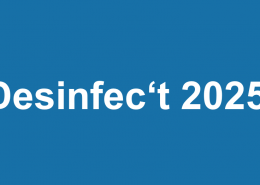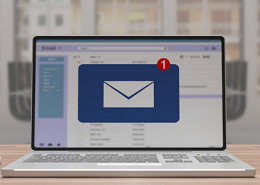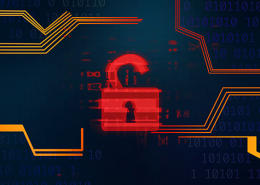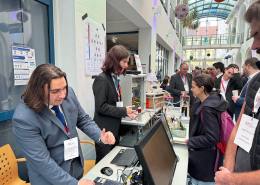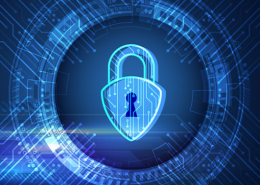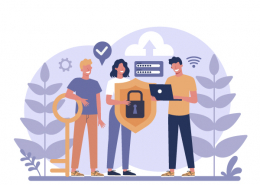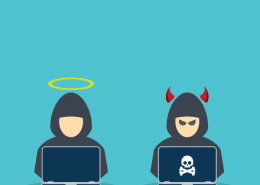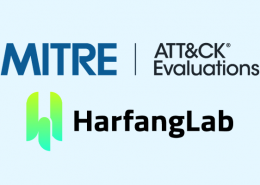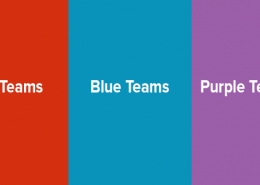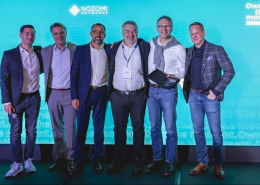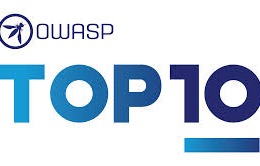 https://www.ikarussecurity.com/wp-content/uploads/2025/06/OWASP-Top-10.jpg
166
304
IKARUS
https://www.ikarussecurity.com/wp-content/uploads/2025/02/IKARUS-Security-Software-4-1.png
IKARUS2025-06-18 14:37:552025-06-20 11:03:57OWASP Top 10 for LLMs: New Security Challenges due to AI
https://www.ikarussecurity.com/wp-content/uploads/2025/06/OWASP-Top-10.jpg
166
304
IKARUS
https://www.ikarussecurity.com/wp-content/uploads/2025/02/IKARUS-Security-Software-4-1.png
IKARUS2025-06-18 14:37:552025-06-20 11:03:57OWASP Top 10 for LLMs: New Security Challenges due to AIDeveloping a holistic IT security strategy is a complex task. You need to consider three interlocking levels: physical system security, digital access and the human component. Especially this last level and the consideration of long-term risks are challenging.
Include current and upcoming threats in your IT security strategy
The number one current threat is ransomware attacks. The question here is what risk one is willing or able to accept. [1] In addition to a suitable network architecture, technological defence methods and secure backup solutions, companies should have a detailed incident response plan in their pocket in order to be able to react quickly and specifically in the event of an emergency.
A cyclical view of the entire long-term IT security strategy is very recommendable. This regular step back should help to recognise possible changes in the balance of the three levels and to react to new developments in time. Microsoft recently published such a review in a study [2] and identified five areas that every company should monitor.
Five tips to better understand and map attack surfaces in your IT security strategy
For a better overview of the seemingly endless list of attack surfaces, Microsoft recommends taking the attackers’ point of view. We have supplemented the five main elements the study has identified with practical tips for implementation in your own company.
- The internet continues to grow and become bigger and bigger
Not only that more and more companies and people participate in the global internet. In addition, cybercrime will increase quantitatively and thus remain a fixed component of global communication.Tip: Cyber security needs a permanent place in every company culture – and not only in the IT department! It should be anchored with a corresponding priority and competence. - Remote work remains a permanent solution
Companies hate implemented countless solutions for home office, remote maintenance and VPN connections in recent years. Many facilities are moving from a half-hearted emergency solution to a permanent state. However, all these systems can pose current or future security risks if sufficiently secure planning and maintenance is not done.Tip: Make checking and monitoring key tools and nodes for these services a regular routine. Ensure to install updates immediately and take particularly care in this area. - Networks far beyond the company’s own boundaries
Increasing corporate networking, cloud services, freelance (project) workers and external data exchange are just a few examples. The data flows in companies are hard to control and are therefore they are often insufficiently recorded.Tip: Knowledge of the structure and dependencies of one’s own data flows will become very important in the future in order to realise a secure IT architecture. It is important to record these in the long term and make them visible in order to be able to use the information as a basis for planning. - Mobile Apps are a growing source of danger
On the one hand, mobile applications for smartphones and tablets increase digitalisation and promote corporate goals. There is now a multitude of applications for almost every purpose. On the other hand, targeted misuse––the counterfeiting and imitation of regular apps––is increasing considerably in the app stores.Tip: Do not rely exclusively on the security facilities of the app stores. A good internal security architecture must also take into account the threats posed by mobile apps and the user as a “weak point”. - Control and monitoring does not end at the company’s own borders
Good visibility of one’s own system landscape is a clear security advantage. However, as attackers act with increasing precision, this alone is no longer sufficient. In order to be able to recognise problems in time and intervene, it is also necessary to monitor potentially harmful external resources.Tip: Threat Intelligence provides security systems with the latest insights into malware, command & control servers and fake websites in real time, in order to be able to react as quickly as possible.
Plan for cyber security right from the start
The classic IT security strategy of pure perimeter protection with the help of individual point systems is no longer sufficient. Developments show that users, data and access are becoming more and more distributed and are creating new requirements. Data and information flows are increasingly networked and therefore require closer monitoring and control.
Knowing the structure and requirements in the company becomes an important detail when planning and updating the future IT security architecture––and any other IT projects.
You might also be interested in this:
4 tips to boost cyber security awareness in the company
Current cyber-attacks screened: How attackers get into your system
Sources:
[1] https://www.trend.at/business-management/hacker-ransomware-angriffe/
[2] https://www.microsoft.com/en-us/security/business/security-insider/anatomy-of-an-external-attack-surface/five-elements-organizations-should-monitor/

